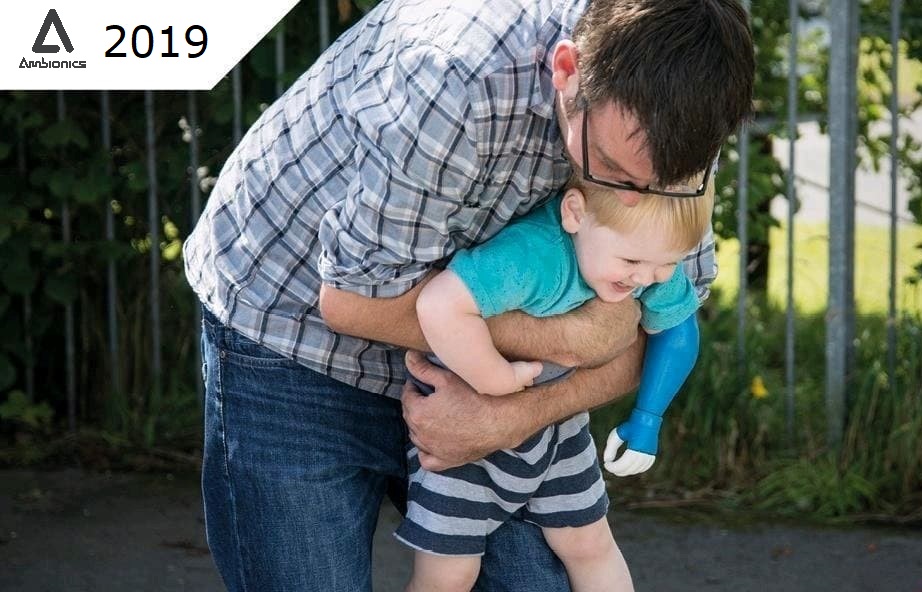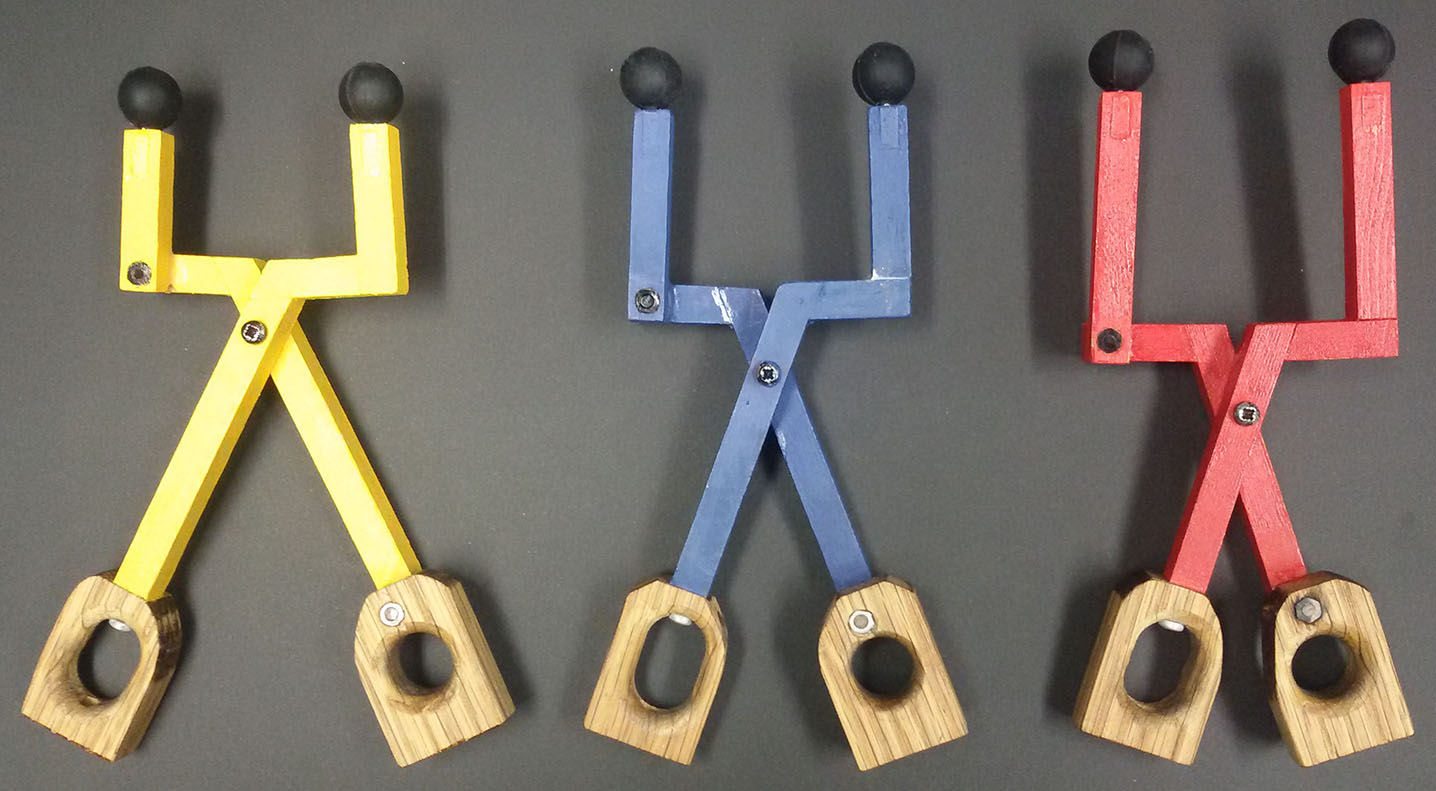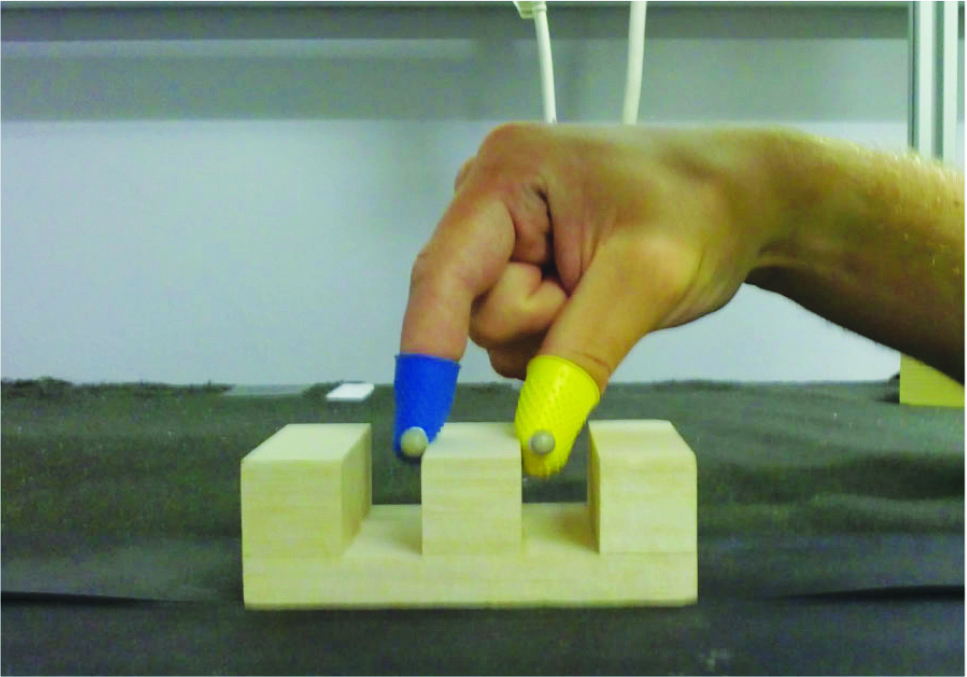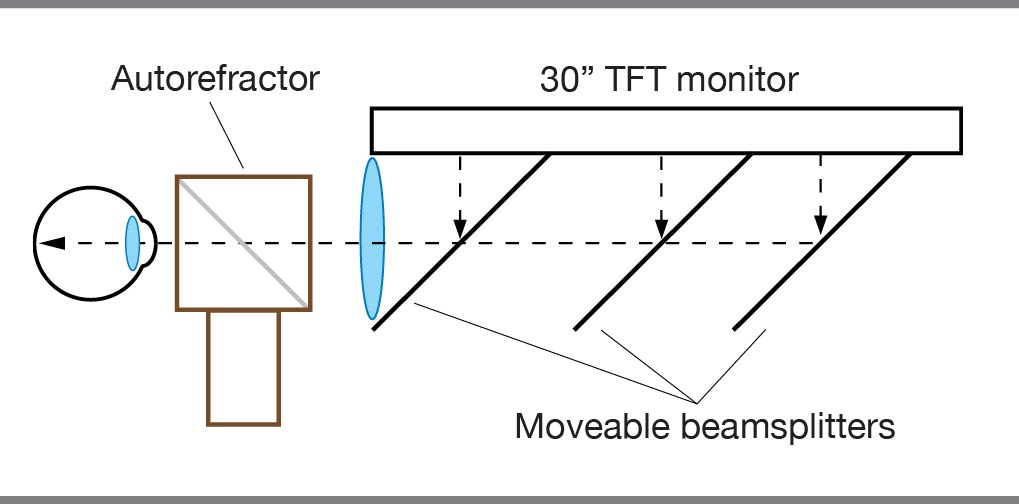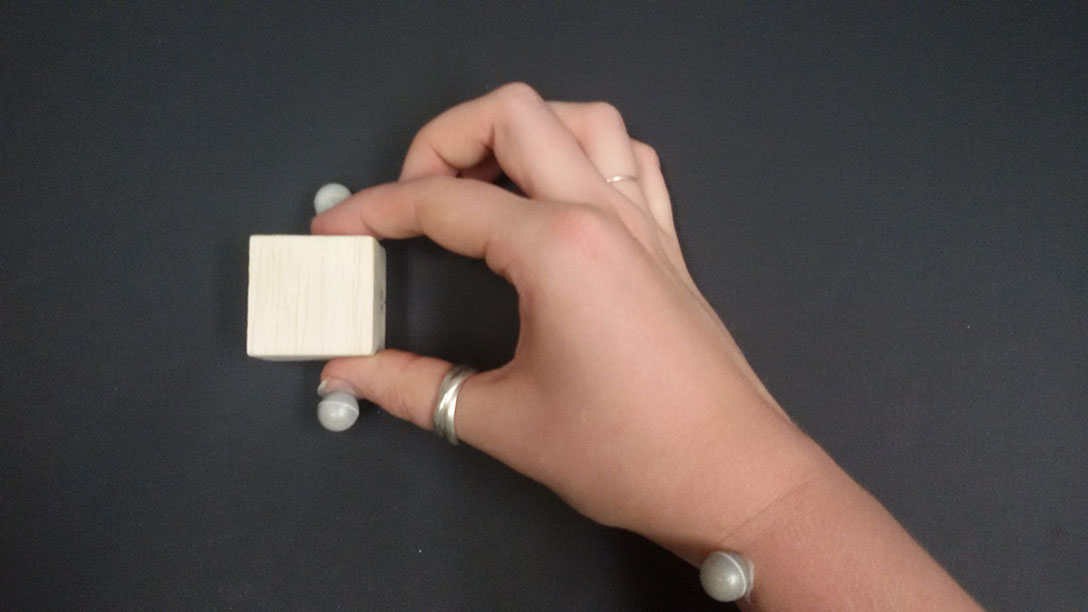LAB PROJECTS
Our current projects on 3d vision and hand function are summarised below. A common thread (beyond topic areas) is that we strive to integrate fundamental science with practical use (click here to read about "Pasteur's Quadrant").
INFANT UPPER-LIMB PROSTHESES
Modern technology is facilitating great advances in prosthesic arms and hands. Yet, a key barrier to optimising their design remains our lack of understanding of the sensorimotor principles underlying their effective use. We are exploring these issues in a collaborative project with Ken Valyear (Bangor Psychology) and AMBIONICS, an innovative developer of upper-limb prostheses for young children.
Click to see our current project on how children use tools called Fix-a-Robot
TOOL USE
Humans show remarkable expertise in the use of complex tools. We are studying this capability from the perspective of how the brain undertands the remapping that tools introduce between hand/arm posture, and the movements of the tool tips in the world.
GRASPING
The elegant efficiency of everyday grasping movements belies the complex calculations underlying them. We are studying the processes governing how the hand is shaped 'in-flight' to anticipate the properties of objects, including how object properties are determined prior to moving, and how noise/uncertainty is managed by the visuo-motor system.
3D VISION
Stereoscopic 3d imagery can be compelling, yet is often difficult to view. And Virtual Reality remains a long way from the promise of imagery indistinguishable from viewing the real world. We are working to close this gap by considering focus cues—visual signals derived from the eye's optics, and focusing response (accommodation).
Supported by a Marie Sklodowska-Curie grant to the RealVision consortium [EU HORIZON 2020 Research and Innovation Programme].
NERVE INJURY
Peripheral nerve injuries in the arm/hand (e.g. Carpal Tunnel Syndrome) are common, and cause a range of significant symptoms including impaired tactile sensation, pins and needles, pain, and weakened grip. Functionally, patients experience some loss of fine motor skills. By applying techniques and models from movement science, we aim to gain a better understanding of these functional implications and their underlying mechanisms, and to improve clinical assessment. Project in collaboration with Ken Valyear (Bangor Psychology) and Prash Jesudason (NHS Consultant Hand and Orthopaedic Surgeon, Betsi Cadwaladr University Health Board).
Supported by a Knowledge Economy Skills Scholarships (KESS 2) grant [EU European Social Fund/Welsh Government].

